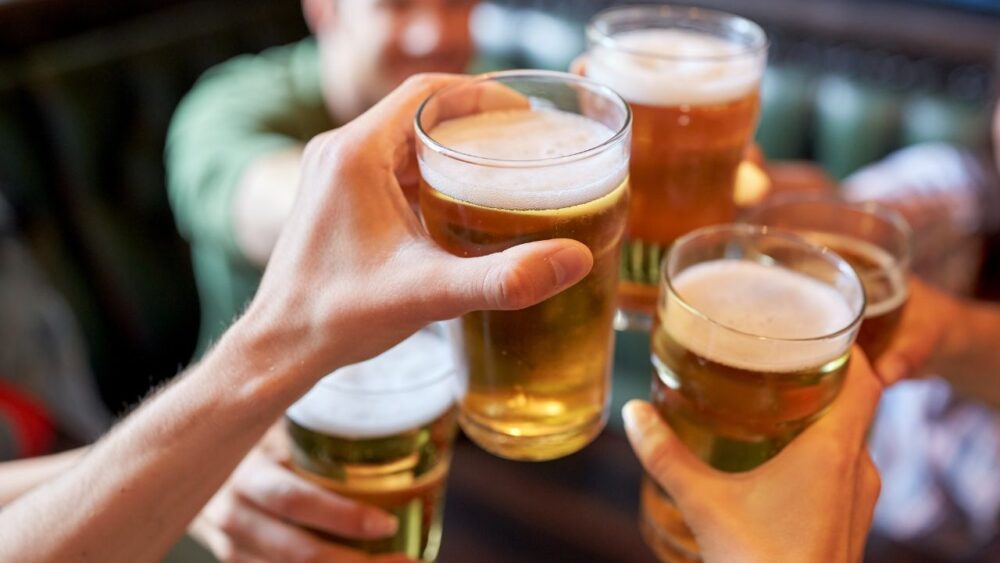A new study has found that cancer deaths linked to alcohol consumption have nearly doubled in the United States over the past three decades.
The study, which was released in preparation for the American Society of Clinical Oncology 2025 conference, determined that there were 23,207 cancer deaths related to alcohol consumption in 2021, which is a significant increase from the 11,896 deaths that were reported in 1990.
Results from this study indicate that 2.5% of all cancer deaths in men and 1.46% in women in 1991 were related to alcohol. In comparison, those numbers increased to 4.2% and 1.85% in 2021, respectively, as reported by NBC 5.
When evaluating this study on the state and territory level, Washington, D.C., had the highest proportion of alcohol-associated cancer deaths, while Utah had the lowest of any state or territory included in the study.
Dr. Chinmay Jani, a clinical fellow in hematology and oncology at Sylvester Comprehensive Cancer Center and lead author of this study, said awareness about other cancer risks has grown, but alcohol has largely flown under the radar.
“We already know other risk factors, such as tobacco, for cancer,” said Jani to ABC News. “However, it is very important to know that alcohol is also a risk factor and can be a carcinogen in many different cancers.”
The authors of this study pointed out the need for additional programs and prevention efforts, noting that, with the correct level of awareness, these deaths could be reduced to some extent in the future.
“Our findings highlight the critical need for targeted prevention efforts, public health policies, and increased awareness to address the rising impact of alcohol consumption on cancer-related mortality across different demographic groups and regions,” wrote the authors of the study.
Although the authors of this study state no direct correlation, the increase in alcohol-related cancer deaths comes as alcoholism has increased significantly since the COVID-19 pandemic.
Another study by Keck Medicine of USC states that there was a 20% increase in heavy drinking among adult Americans during the pandemic, which is a level that has remained stagnant since.


